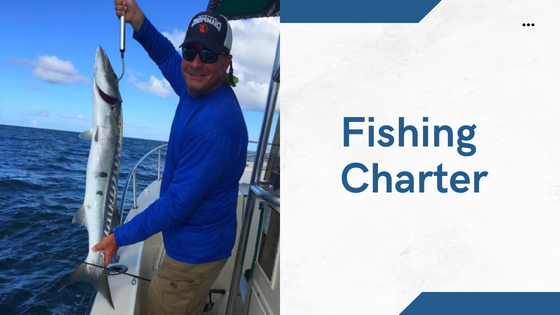As with any sport, a certain amount of duck hunting gear is necessary for success but it doesn’t have to break your budget. One of the greatest things about waterfowl hunting is that is not necessary for the beginning duck hunter to purchase the contents of a whole sporting goods store to get started. Mankind has hunted duck for food and sport since earliest times in recorded history, the hunt even being portrayed in paintings in Egyptian pharaoh’s tombs – there’s a certain mystique about it but it’s actually a relatively easy sport to suit up for. While experienced hunters no doubt acquire more specialized equipment, including boats and dogs, the first-timer can probably go with old-fashioned basics. A lot of items already among any outdoorsman’s belongings can probably be appropriated as duck hunting gear, keeping costs down.

Duck hunting in America is generally in the fall to winter, during cool weather. This is when ducks are on the move to warmer climes via the four main migratory pathways and when there is the best chance at finding large numbers of birds together. Most duck hunters stalk swamps, lakes and other waterways, so in addition to being cold, they are likely to get damp. Add the fact that the best hunting usually occurs on overcast days when the barometric pressure keeps the ducks are flying low and you soon realize that your first order of business is to outfit yourself for potentially miserable and changeable conditions. If you’re wet and cold to the bone, there’s no way you’ll have any kind of luck or even a good time.
This is where layering is a good idea. It’s not important to have specialized undergarments but those plain old thermals already in your closet will be mightily appreciated. Other layers of warm clothing can be improvised using dull colors (ducks have excellent eyesight and it’s believed color-vision as well). Stick to dull, outdoorsy colors and top them off with any all purpose camo hunting shirt or drab brown jacket you already have. (It’s unlikely at this time of year that your surroundings will be bright green.) Items that are somewhat tear resistant are a smart choice if you will be going through a lot of brush, fallen trees or barbwire fences. Warm socks, hat and gloves (with trigger fingers free) are a must. Lots of pockets will come in handy – if you hunt or fish you likely have a useful vest or packs around the house already.
If you already have fishing waders, these are useable but likely uninsulated. You should consider doubling up on the socks if you’re going to be mucking about in the water (which you will be, at least if you’re lucky and have birds to retrieve). You can buy specialized, insulated chest-high overall-type duck hunting waders – these are particularly effective at keeping warm and dry in deeper areas but a good pair may set you back over a hundred dollars. As soon as you get hooked on duck hunting, this will probably be your first main clothing investment. Until then, even the hip boots you may already have will go along ways towards keeping your feet and legs dry with enough layers (and no leaks!). Camouflage print here is good, too, but not essential if you already have dull green or brown boots. Face covering is a good idea to make you less noticeable and a cap with a bill, worn alone or over a toboggan, will help keep any rain from your eyes. A dull colored bandana is handy for wiping mist off your face, weapon, etc.




